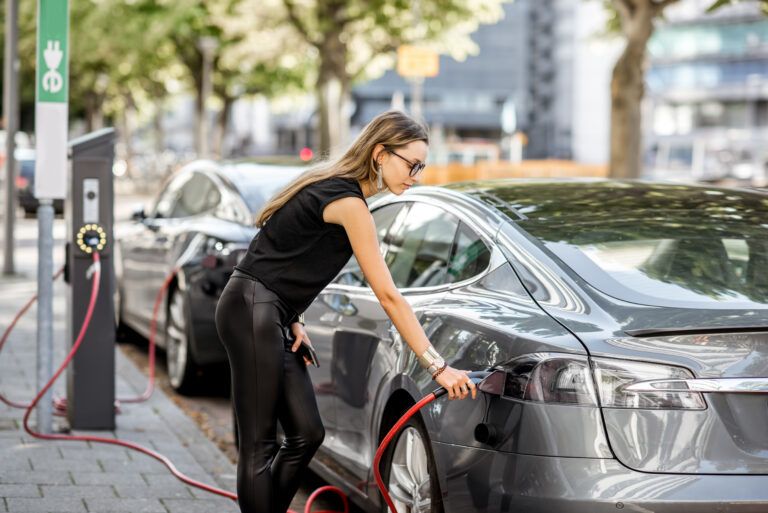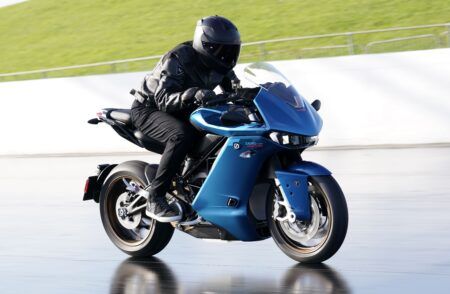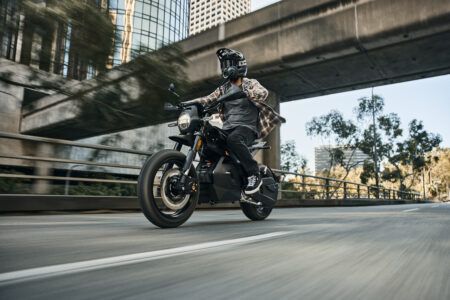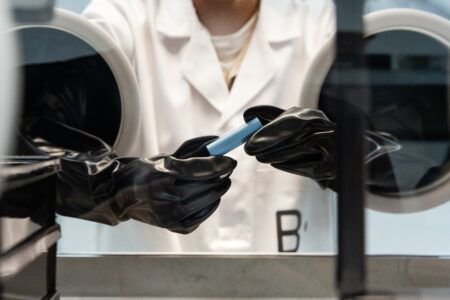At the end of February 2021, there were over 215,000 pure-electric cars on UK roads. Transitioning to more environmentally friendly modes of transport and improving fuel economy will be crucial in reducing greenhouse gas emissions from transport. Here Stewart Goulding, managing director of drive system supplier EMS, looks at how micromotors are supporting the switch to electric vehicles.
Global transport emissions increased by less than 0.5% in 2019, compared with 1.9% annually since 2000, owing to efficiency improvements, electrification and greater use of biofuels. Nevertheless, transportation is still responsible for 24% of direct carbon emissions, according to the International Energy Agency. Because of this, the decarbonization of transport has become a crucial part of the Government’s climate crisis strategy.
Last year, the Government released its Decarbonising Transport: Setting the Challenge report, which detailed what must be done to reduce transport emissions to reach net zero by 2050. Efficiency improvements in aircraft technology and switching to EVs are two strategies covered in the document, and innovative motor technology can catalyze progress in these areas.
As part of its decarbonization strategy, the Government has banned the sale of new internal combustion engine (ICE) cars and vans from 2030, enforcing a shift to EVs. Despite EVs producing around 50% less greenhouse gas emissions than ICE vehicles, increasing EV adoption has been challenging. Many drivers are reluctant to switch as they believe EVs cannot perform as well as ICE vehicles, or have concerns over the inconvenience of charging.
Micromotors are helping to combat these apprehensions, as they’re being used in applications that can make EV charging quicker and simpler. For example, micromotors can be incorporated into an EV charging port to allow electronic opening of the flap, providing easy access for the driver. This design feature also allows the port to be secured at the touch of a button, thus preventing physical damage and tampering of the internal components.
In the confined spaces of a charging port, a bespoke drive system is often the best option to achieve the maximum performance in the given space envelope. Standardized parts are designed to operate in a variety of applications, and therefore only partially suit most products. EMS offers a bespoke manufacturing service that can deliver custom mechanisms with only the necessary features built in, creating a compact structure that is tailored to the unique requirements of the project.
Shifting gear
Micromotors also play a vital role in EV gear shifts. ICEs require multi-speed transmissions, as they can only operate within a narrow revolutions per minute (RPM) window at each gear before stalling. On the other hand, the electric motors in EVs have a much larger operating window, so a single speed transmission can work for both high and low acceleration.
While EVs don’t need a multi gear system, that doesn’t mean they can’t benefit from it. A single-speed transmission will work for a wide range of acceleration, but there is a degree of trade off that can impact torque and efficiency. For heavy vehicles such as buses and trucks especially, a multi-speed transmission can improve the EV’s efficiency and performance, helping it to travel up hills and accelerate to highway speeds.
However, multi-speed transmissions are larger than single-speed, which can be problematic in commercial vehicles that require maximized space to carry goods or passengers. Fortunately, automotive engineers can make the transmission system more compact by using small and power-dense micromotors in the integrated actuation system.
The transport sector can capitalize on advancements in motor technology to reduce greenhouse gas emissions. High performance micromotors can help accelerate EV adoption to assist the transition to greener travel.





